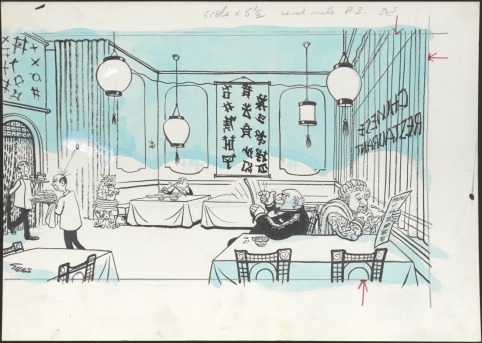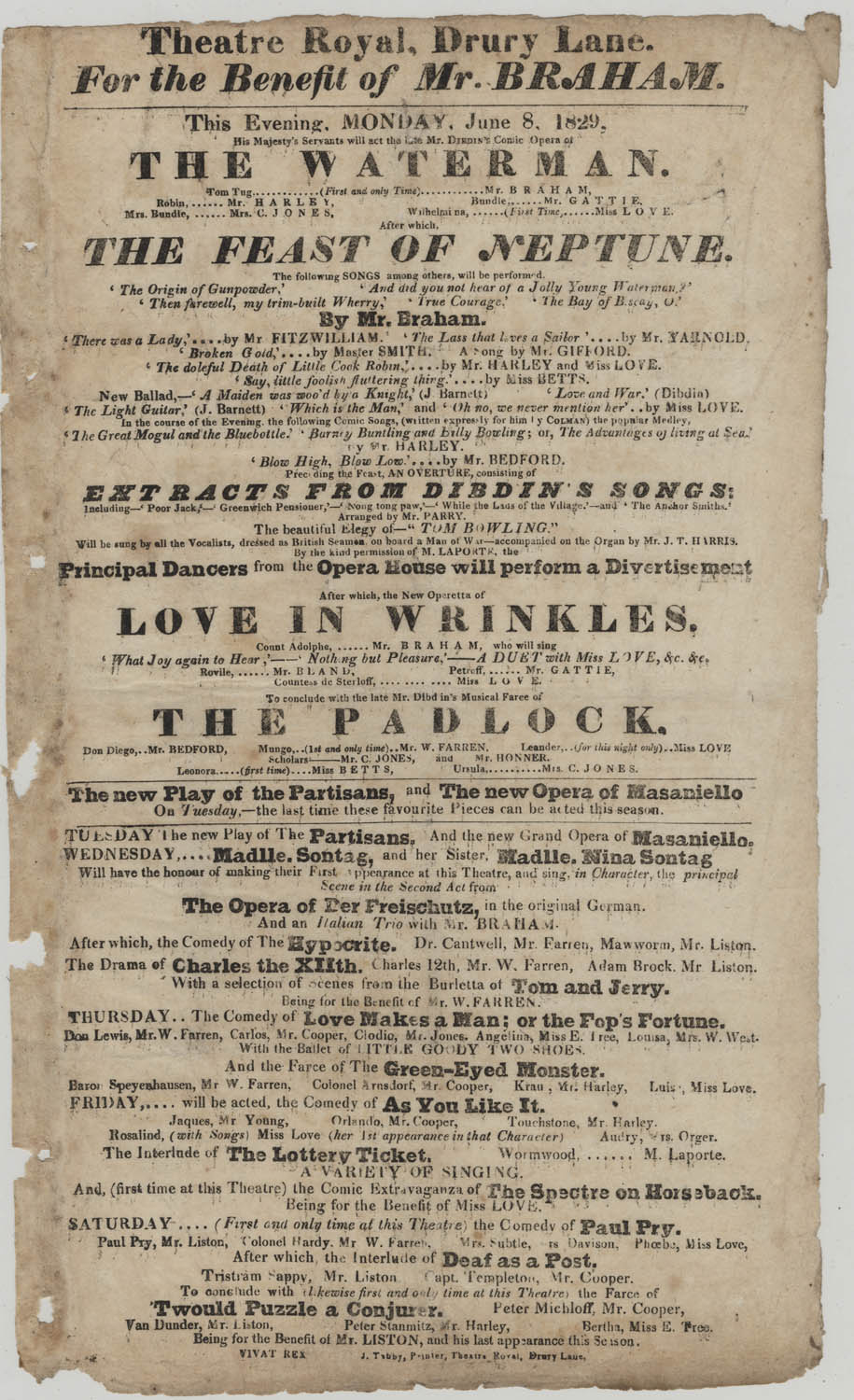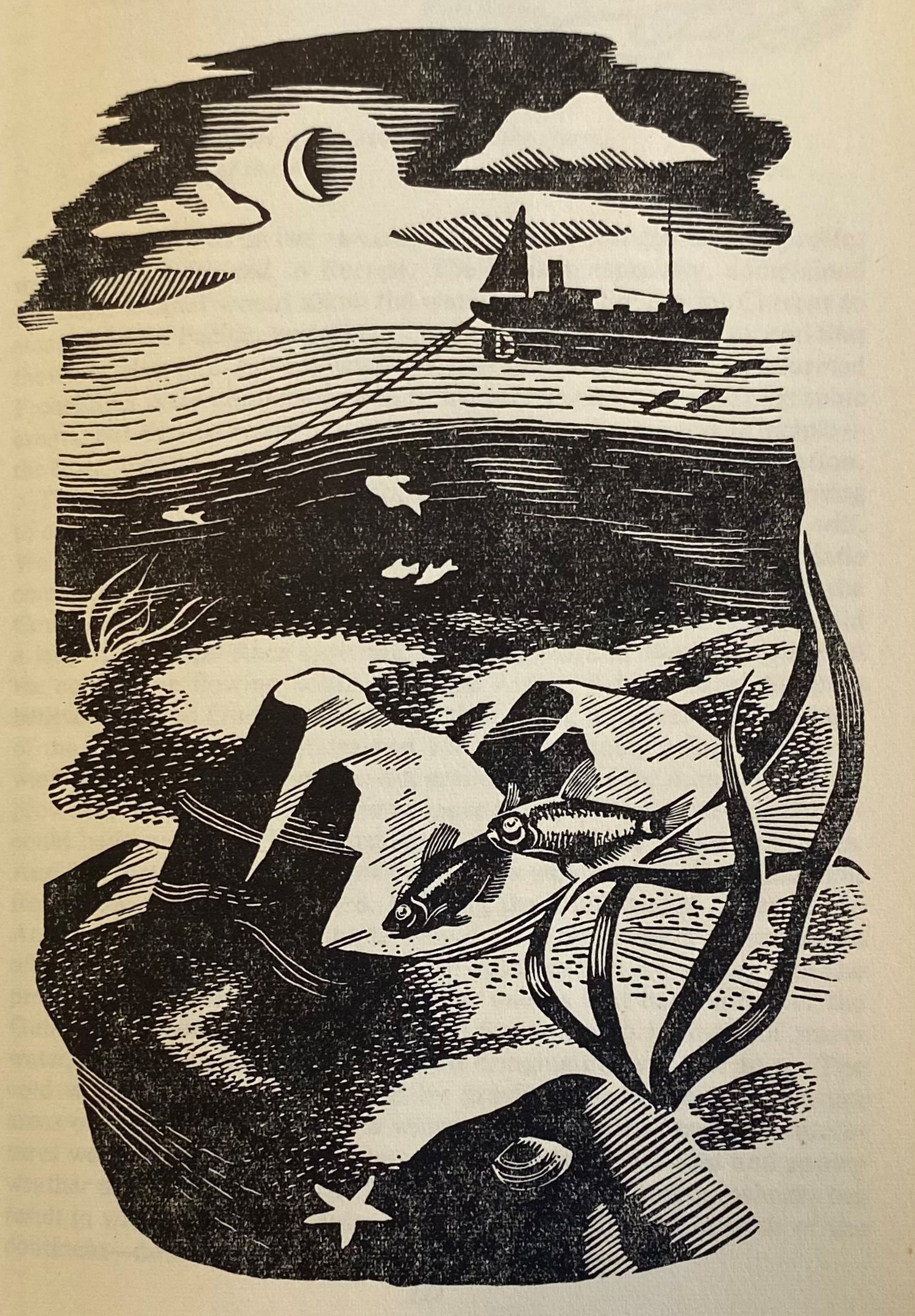T.S. Eliot’s The Waste Land is one of the world’s most popular and most studied poems, published 100 years ago in October 1922 in the first issue of the literary magazine, The Criterion. Our new exhibition celebrates the centenary of the publication of this remarkable poem with a display of archives and rare books from Special Collections and Archives.
We will be launching our new exhibition, with accompanying poetry readings, on Monday 12th December at 1pm in the Templeman Gallery (Templeman Library, A block, Floor 1). All welcome – please join us.
The exhibition will be on display from December 2022 until April 30th 2023. Anyone is welcome to view the exhibition, please see the Templeman Library visitor guide for more information.
The exhibition features a rare first edition of The Waste Land printed by the Hogarth Press, alongside the extraordinary portrait of T.S. Eliot by Patrick Heron, and the bust of T.S. Eliot by Jacob Epstein. We explore the history of the poem, what inspired The Waste Land, and how it was critically received. We also consider the role of the editor and contributions of Bonamy Dobrée and Ezra Pound to the manuscript of the poem, as well as the role of Eliot as an editor himself. We also explore the experimental poetry of T.S Eliot, Gertrude Stein and John Ashbery as part of the exhibition.
Our display highlights examples from the works of T.S. Eliot including unique material about his play “Murder in the Cathedral” with correspondence showing how the play was commissioned for the Canterbury Festival in 1935.
The T.S Eliot works are displayed alongside notable examples from the incredible Modern First Editions Poetry collection held in Special Collections and Archives. The items on display have been selected to highlight the significance of the collection and showcase some of the rare and fascinating small press poetry that forms the nucleus of the collection.
The University of Kent has a close link with T.S Eliot, having named our first College – Eliot College – in 1965, the year that T.S Eliot died. We are displaying some unique items from the Eliot College Archives that reveal the history behind the T.S. Eliot Memorial Lectures and the University’s T.S Eliot Poetry Prize.
The exhibition has been co-curated with the Department of English at the University of Kent, and we are grateful to all our contributors for their help and support.
With thanks to Dr Ben Hickman, Professor David Herd, Dr Paul March-Russell, Miguel Santos, Beth Astridge, Christine Davies, Clair Waller, Karen Brayshaw, Matt Wilson and Fran Williams.
The caricature of T.S. Eliot that features in the logo for the exhibition is by John Jensen, and was donated to the University in 1973 as part of a series of four representing the names of the four Colleges – Eliot, Rutherford, Darwin and Keynes.


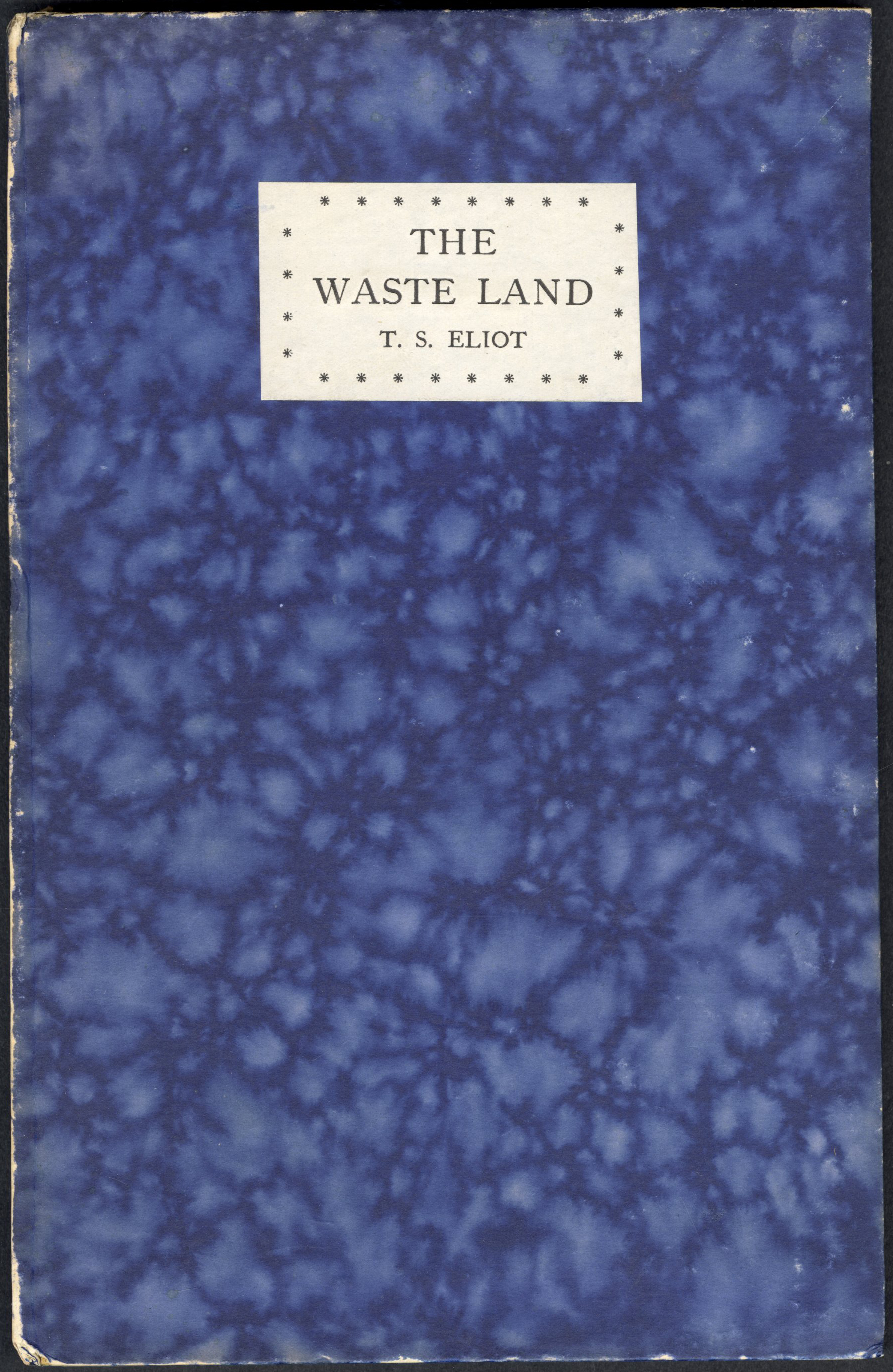
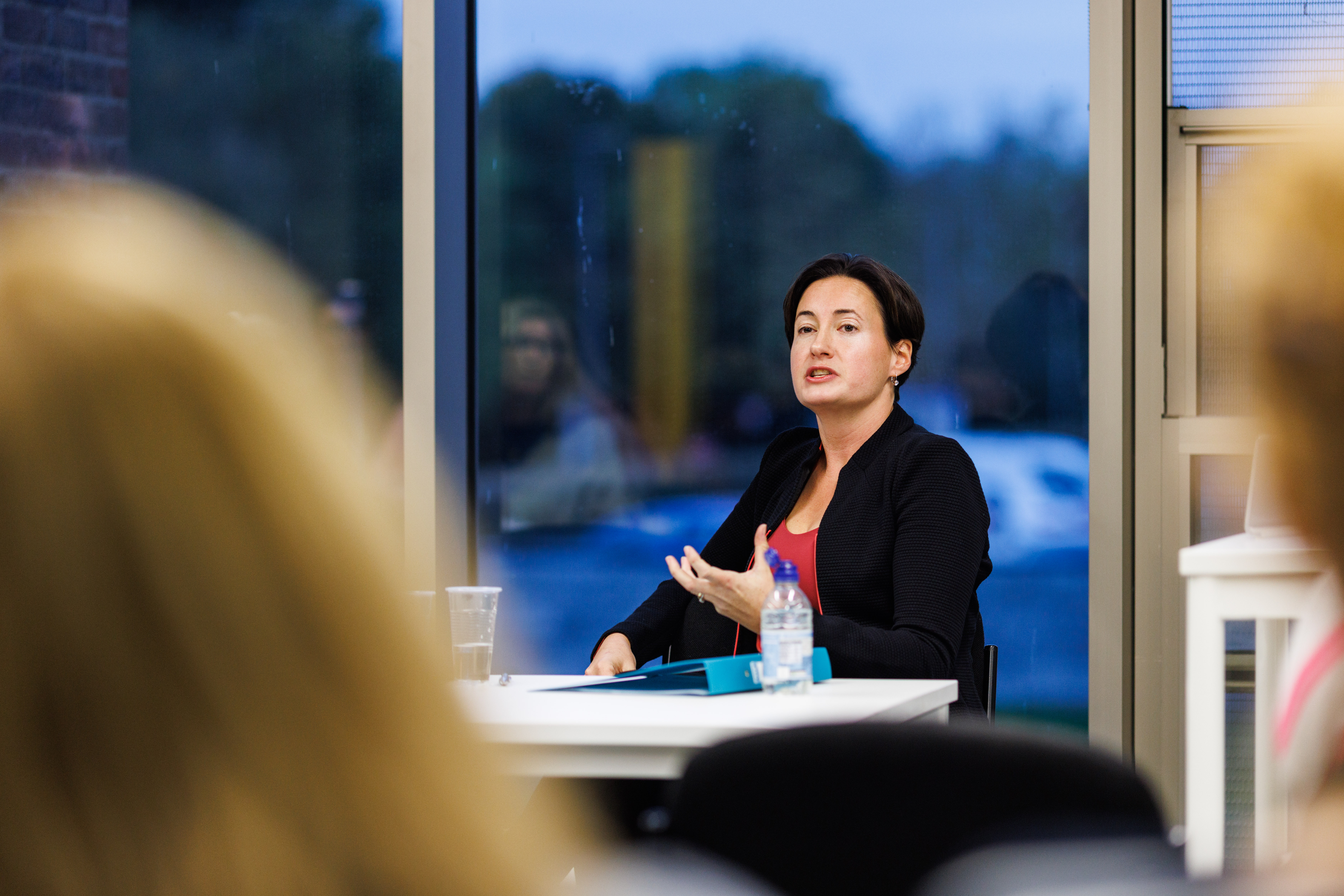 On the 12th October, the UK Philanthropy Archive hosted it’s second annual Shirley lecture, and first to be held in person on the University of Kent’s Canterbury campus. Following on from the success of last year’s online event where Dame Stephanie Shirley launched the series by talking about her life, and what has influenced and driven her philanthropy, this year saw Fran Perrin of the Indigo Trust speak on the importance of open data in the philanthropy sector.
On the 12th October, the UK Philanthropy Archive hosted it’s second annual Shirley lecture, and first to be held in person on the University of Kent’s Canterbury campus. Following on from the success of last year’s online event where Dame Stephanie Shirley launched the series by talking about her life, and what has influenced and driven her philanthropy, this year saw Fran Perrin of the Indigo Trust speak on the importance of open data in the philanthropy sector.